Beyond 10,000 Steps: 11 Forgotten Movements Your Body Actually Needs Every Day
Walking matters. The research summarized by reputable outlets shows that even a few thousand steps a day bring big health benefits, and that steady walking lowers cardiovascular risk and supports longevity. But steps are only one part of how our bodies stay resilient. Movement variety — small, targeted patterns that challenge balance, range, strength, posture, and breathing — fills in gaps that walking alone can’t. These are the motions that help you stand up from a chair without straining, carry groceries safely, turn to look behind you while driving, and steady yourself on a curb. They’re especially important as we age because they preserve the muscle, joint range, and coordination that protect independence.
1. Hip Hinge — Strengthen Your Posterior Chain (1–3 minutes)

The hip hinge teaches your hips to do the heavy lifting so your lower back doesn’t have to. When you hinge well, you recruit the glutes and hamstrings that power standing, bending, and lifting. That matters because daily life asks for controlled bending — reaching into the car, picking up a laundry basket, or bending to tie shoes. Practicing a basic hip hinge is simple: stand with feet hip-width, soften the knees slightly, push the hips back as if closing a car door with your hips, keep a neutral spine, and feel the stretch in the back of the legs. Start with just bodyweight motion for 30–60 seconds, then hold a water jug or light kettlebell for added challenge. Pay attention to a long spine and knees that don’t travel far forward. Over time this movement helps protect the lumbar spine and makes standing-to-sitting smoother. If you’re new to the hinge, use a dowel or broomstick along your back to keep alignment; if you have low-back pain, move slowly and consult a clinician for personalised cues.
2. Deep Squat/Assisted Squat — Preserve Full Lower-Body Mobility (1–3 minutes)

A deep squat is a natural resting position that many adults lose the ability to do comfortably. Keeping this pattern alive helps your ankles, hips, and knees move together, and it makes everyday tasks like tying shoes or sitting on a low chair far easier. To practice, stand with feet slightly wider than hip-width and toes pointed slightly out; sit back through your hips while keeping weight over the heels and chest lifted. If mobility or balance is limited, use a counter or chair for support and lower only as far as feels steady. Aim for controlled sets of 6–12 slow repetitions or 60–90 seconds of gentle holds. Over weeks, add range by lowering a little deeper or practicing brief holds at the bottom. The assisted squat helps maintain joint health and builds the coordination needed for safe movement in daily life, not for cosmetic goals but for staying active and independent. Keep breathing steady and let comfort guide progression; if you feel sharp knee pain, back off and consult a physical therapist for technique tweaks.
3. Single-Leg Balance — Build Stability and Prevent Falls (30–90 seconds per side)

Balance training is one of the most underrated daily habits for long-term independence. Standing on one leg turns on tiny muscles around the ankle, knee, and hip that we rely on when walking on uneven ground or stepping off a curb. A simple practice is to stand near a counter for support and lift one foot a few inches off the floor, holding for 20–30 seconds and repeating on the other side. Make it part of a daily ritual — for example, balance while you brush your teeth or wait for the kettle. As the hold becomes easier, try softening your support to fingertip contact or closing your eyes briefly for an extra challenge. If standing on one leg is painful or unsafe, start with toe taps while holding a stable surface and slowly reduce reliance on the support. Balance work reduces fall risk over time and boosts confidence walking in crowded or cluttered spaces. Celebrate small progress; a few seconds added each week is real improvement.
4. Ankle Dorsiflexion Drills — Improve Walking and Climbing Ease (30–90 seconds per ankle)
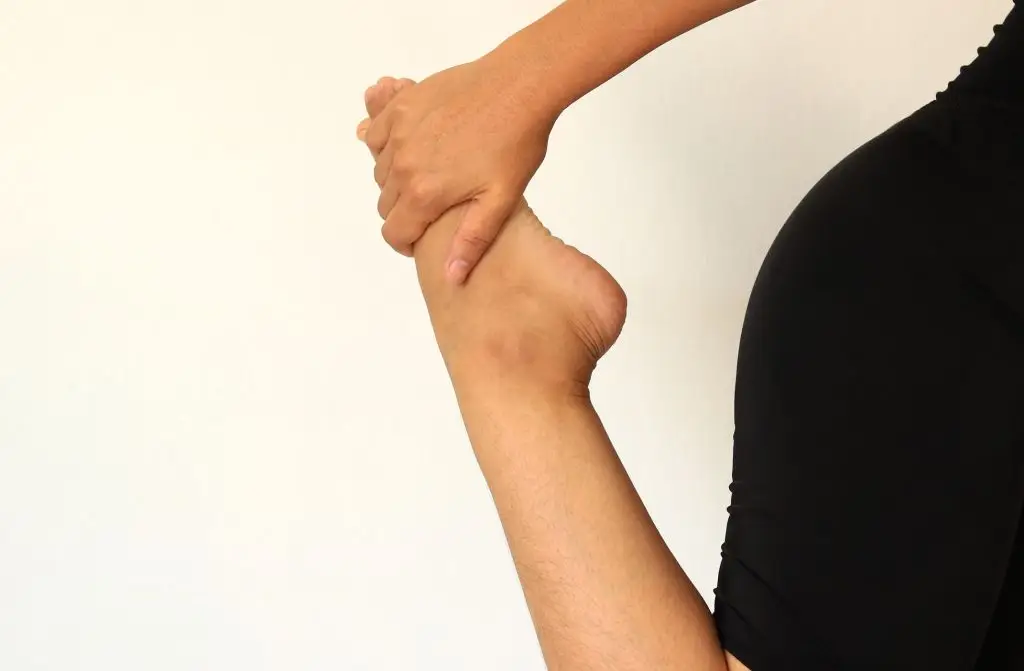
Our ankles set the tone for how the whole leg moves. Limited dorsiflexion — the ability to bring your toes toward your shin — can change how you walk and force other joints to compensate, sometimes contributing to knee or back discomfort. A quick wall drill helps: stand facing a wall with one foot a few inches away, bend the knee forward toward the wall while keeping the heel down, and aim to touch the knee to the wall without the heel lifting. Repeat 8–12 times per side, and include gentle ankle circles and calf foam rolling as part of the same routine. For a progressive version, do step-downs from a low stair focusing on controlled ankle movement. Improving ankle mobility often improves stride length and reduces awkward pivoting when navigating stairs. If you have a recent ankle injury or persistent swelling, check with a clinician before aggressive mobility work.
5. Thoracic Rotation — Free the Upper Back for Posture and Comfort (1–2 minutes)

After long hours at a desk, the upper back and chest can seize into a rounded position that makes turning, reaching, and deep breathing feel stiff. Thoracic rotation addresses that by restoring mid-back mobility and improving shoulder positioning. A simple lying or seated rotation works well: sit or lie on your side with knees bent, gently rotate the top arm across your body and follow with your eyes, then return to center. Do 8–10 slow repetitions per side. Another easy option is the seated thread-the-needle stretch performed on hands and knees, pausing to breathe into the movement. Regularly freeing the thoracic spine helps with posture while walking and removes tension that can travel up into the neck. If you have a history of spinal surgery or neurological symptoms, use gentler ranges and consult a specialist before progressing deep rotations.
6. Loaded Carry (Farmer’s Carry) — Practical Strength for Daily Tasks (30–90 seconds)

Carrying things is a daily requirement that walking trackers won’t measure. Loaded carries — holding weight at your sides and walking short distances — teach your body to stabilize the torso, protect posture, and challenge grip strength. You don’t need fancy equipment: grocery bags, filled water bottles, or sturdy shopping totes work perfectly. Start with weights you can manage for 30 seconds, focusing on tall posture, shoulders back, and controlled breathing. Increase time or weight as it feels safe and comfortable. The carry trains multiple systems at once: core integration, leg power, and upper-body endurance that matter for moving laundry, luggage, and everyday chores. If you have shoulder or back issues, choose lighter loads and shorter durations; a therapist can suggest unilateral carries or suitcase holds as alternatives that build similar capacity safely.
7. Horizontal Pull (Band Row) — Balance the Shoulders and Protect Posture (1–2 minutes)

Most daily life includes pushing — opening doors, pushing a grocery cart — but people often neglect the pulling side. Strengthening the muscles that pull the shoulder blades together helps correct a rounded upper body and supports the rotator cuff complex. A band row is highly accessible: anchor a resistance band at chest height, sit or stand with a tall spine, and pull the band toward your ribs while squeezing the shoulder blades. Perform 8–15 slow reps in good control. This movement counters forward shoulders, improves breathing mechanics by opening the chest, and reduces neck strain. For those without bands, a towel row looped around a sturdy post or a bent-over bodyweight row using a table edge can be effective. If you feel pain with these motions, reduce range and consult a trained professional for safe progressions and technique adjustments.
8. Horizontal Push (Incline Push or Wall Push) — Maintain Functional Upper-Body Strength (30–90 seconds)
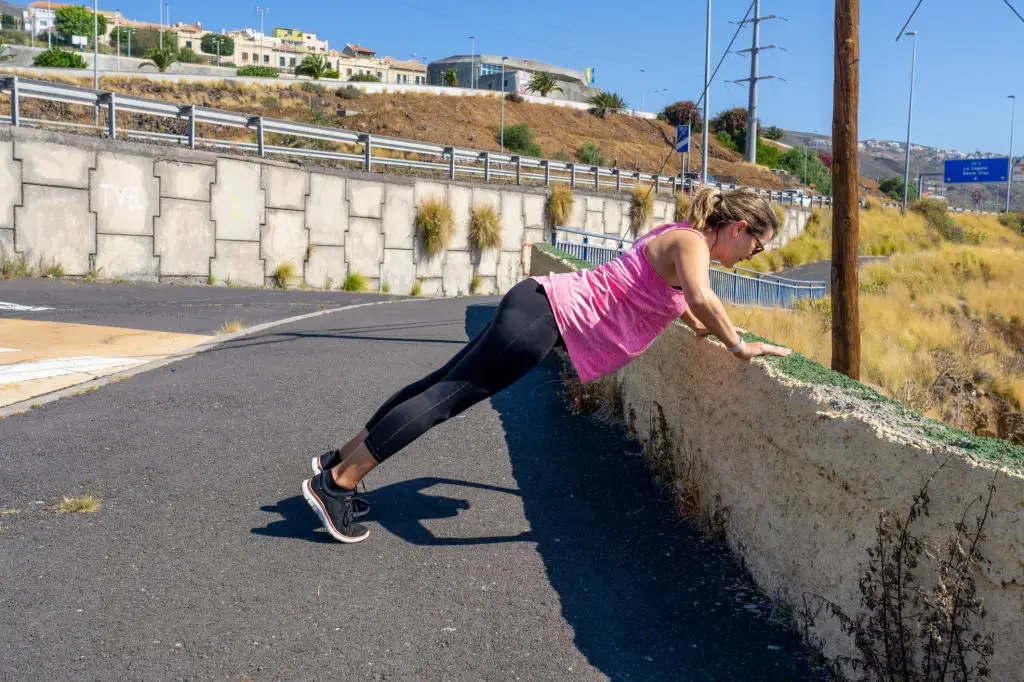
Pushing strength supports everyday actions like pushing a grocery cart, getting up from the floor, or rising from a recliner. Incline or wall push-ups are gentle, scalable options that preserve chest, shoulder, and triceps function without overloading the joints. To do an incline push, place your hands on a sturdy counter or table, walk your feet back so your body is angled, and lower your chest to the surface with control, then push back up. Aim for 6–12 reps or timed sets of 30–60 seconds. Make the surface higher for an easier version and lower for more challenge. These pushes also encourage a stable midline and coordinated shoulder movement that support safe lifting and reaching. If you have shoulder pain, try smaller ranges of motion and consult a professional for tailored modifications and scapular control cues.
9. Core Anti-Extension (Plank Variations) — Teach Your Midline to Hold Steady (30–90 seconds)
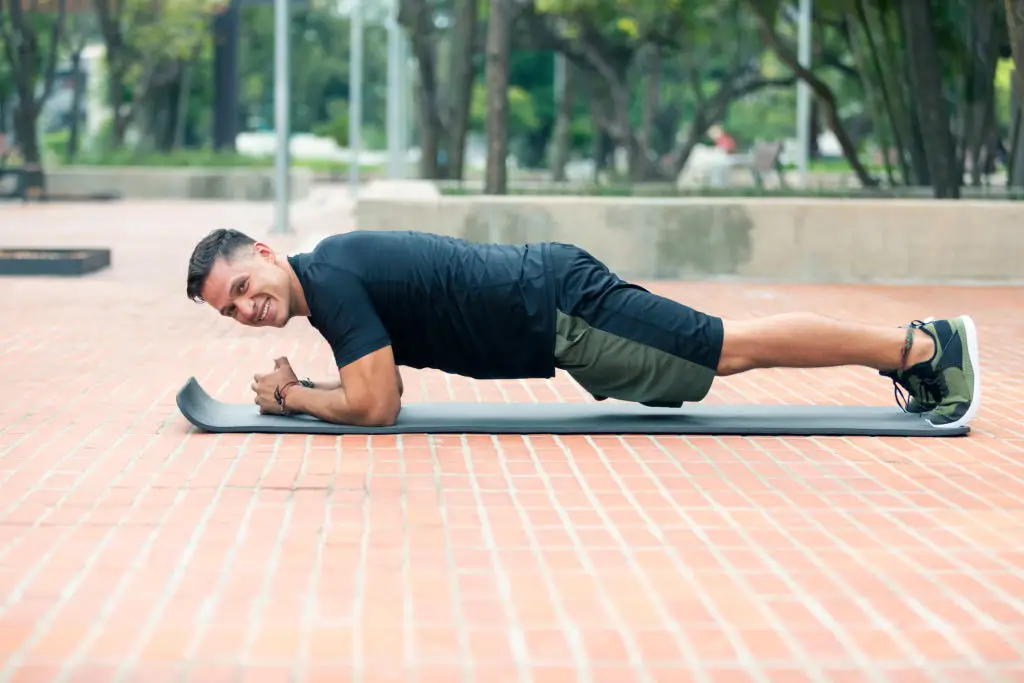
The core’s job isn’t only to make a six-pack; it’s to stabilize the spine while you move. Anti-extension work — resisting the body from arching — gives you safer lifting mechanics, better posture, and more efficient force transfer between the legs and arms. A basic front plank is a user-friendly option: start on forearms and knees, progress to toes as strength allows, and focus on a neutral spine and gentle belly engagement. Hold for 20–60 seconds with steady breathing, or perform shorter holds with rests accumulated across a couple of sets. If a classic plank is too hard, try a standing anti-extension by pressing hands into a wall while resisting arching the lower back. These small stability practices reduce compensatory patterns that lead to low-back strain during everyday tasks like bending and carrying. Adjust the difficulty rather than forcing long holds; consistency matters more than maximal time.
10. Neck Retraction / Chin Tuck — Reverse Forward-Head Posture (30–60 seconds)
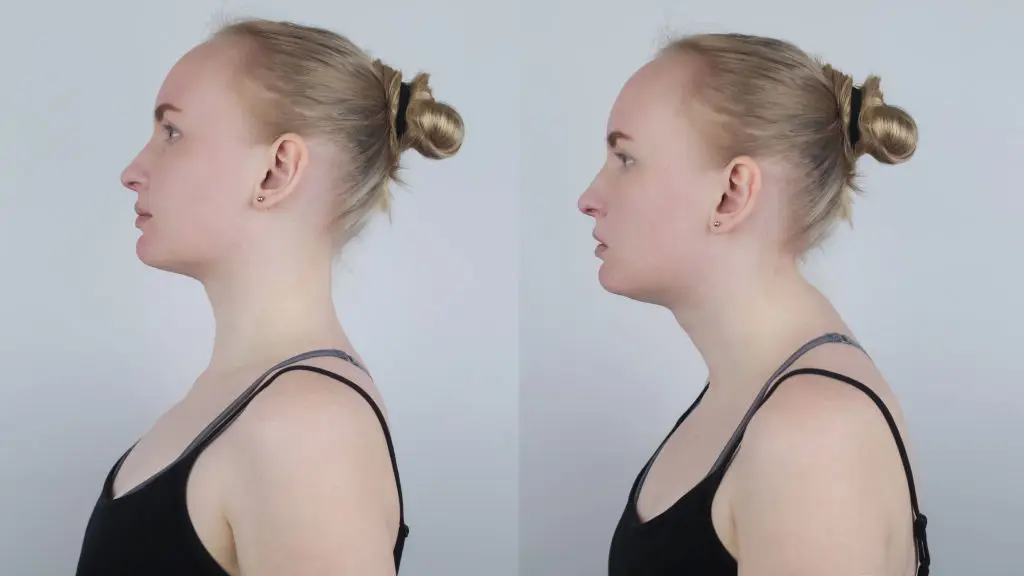
Forward-head posture from screens and devices tightens the neck and upper shoulders and can cause lingering discomfort. A chin tuck — a subtle glide of the head back over the spine — helps re-train the small neck muscles and restore a more comfortable alignment. Sit or stand tall, gently draw your chin straight back (not down), feel a subtle lengthening at the base of the skull, and hold for 5–10 seconds. Repeat for a minute or two several times a day. This is a micro-habit that’s easy to do while on calls or waiting in line. Over time, neck retraction improves comfort and reduces strain on the upper traps and shoulders. If you have vertigo or persistent neck pain, get personalised guidance before intensifying mobility work.
11. Diaphragmatic Breathing — Support Movement, Posture, and Calm (1–3 minutes)

Breathing is movement. Learning to breathe with the diaphragm supports core stability, encourages better postural alignment, and calms the nervous system — all of which make other movements more efficient. To practice, sit or lie comfortably, place one hand on the chest and the other on the belly, and inhale through the nose so the belly rises more than the chest. Exhale slowly through the mouth or nose. Start with one to three minutes, twice daily, and pair this breath with a squat, hinge, or balance drill to reinforce coordinated movement. Diaphragmatic breathing also helps manage stress and keeps breathing patterns from contributing to neck and shoulder tension. For people with respiratory conditions, work with a clinician to adapt the practice safely and effectively.
Make Variety the Habit — Small Moves, Big Payoff
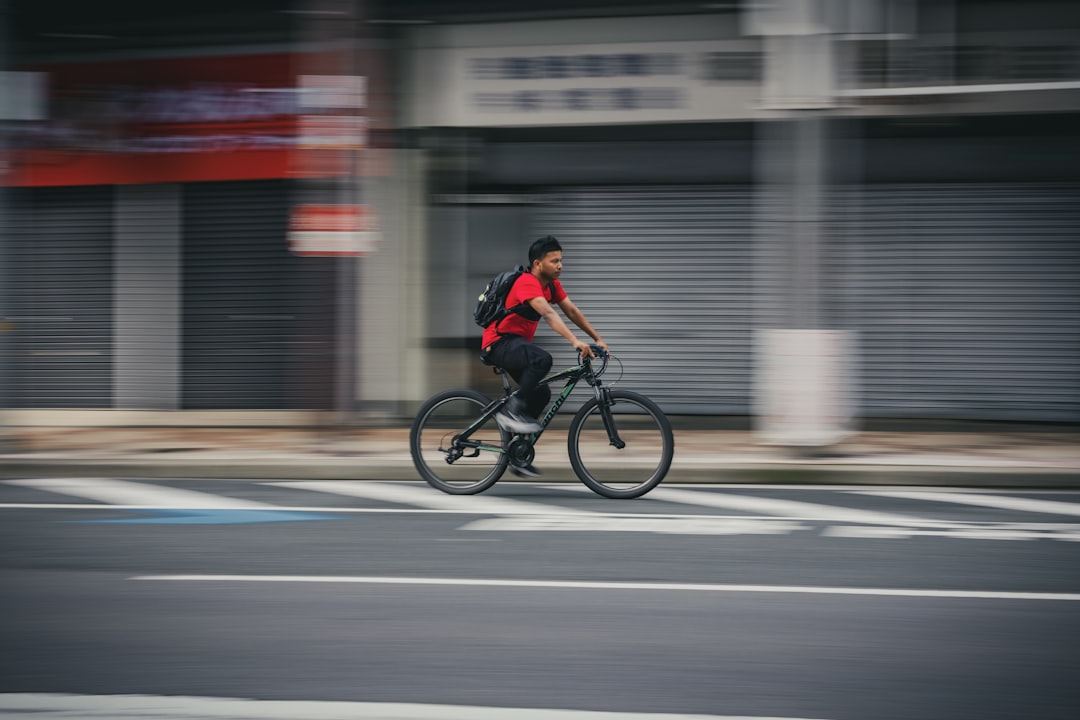
Walking remains a wonderfully accessible foundation for health. The moves above are not meant to replace your steps but to add missing pieces that walking alone often overlooks. Think of them like everyday maintenance: a short hip hinge or ankle drill today can prevent awkward compensations tomorrow. The practical route is to pick three to four movements that feel most relevant to your life — perhaps a hip hinge, a band row, single-leg balance, and diaphragmatic breathing — and do them in a 3–5 minute micro-routine each morning or whenever you have a pocket of time. Consistency matters far more than intensity; tiny, steady practices are the ones that change how you move years from now.